|
The Pacific Ocean surf rolls into the SoCal coast with a presence more imposing than a hundred Harley riders cruising into Sturgis, South Dakota. Waves crash with an unrelenting ambition, lacking any regard for mere mortals. What the water does respect is the collection of several-ton boulders making up the Venice Breakwater. A breakwater, aptly-named, does just that: it breaks the force of incoming waves. It’s a coastal engineering structure consisting of large rocks and boulders grouped near or in the ocean to protect harbors and shores from beach erosion and other damages. In the fabled West Los Angeles beach community of Venice, the breakwater is a byproduct of famous developer and conservationist Abbot Kinney’s desire to create canals mirroring those in Venice’s Italian namesake. His project to create the “Venice of America” opened in 1905, becoming a popular neighborhood and tourist destination. In September 2023, I found myself taking up residence in Venice following a six-week stint in a Hawthorne Airbnb near the site of the Beach Boys’ childhood home. I had just recently moved to LA following grad-school to take a job as a junior copywriter at ad agency David&Goliath. While in Hawthorne, I spent my free moments driving down to Dockweiler Beach as often as I could to soak up the sun and bodysurf the waves of the Pacific Ocean blue. After exploring Venice and Santa Monica in search of a more permanent abode, Venice’s strikingly expansive beach and eclectic surf culture captivated me. I settled in a studio a 10-minute walk from the waves. With a mere block-and-a-half of beach bungalows and art-deco style homes separating me from the beach, a restless voice began tugging at the shirt-tails of my mind: You should learn to surf. Friends and coworkers who spoke of it told wary tales of the difficulty inherent to surfing. Most of them eventually gave up. For me, this only inspired me more. Attaining anything worth having is usually difficult, I reminded myself. Several Youtube videos and local surf shop discussions later, I squeezed into a new wetsuit, and carried my brand-new 8-foot Gerry Lopez soft-top board out to the Venice Breakwater on a Saturday afternoon in October. The Breakwater’s effect creates a great environment to learn in because the lessened impact of the waves just south of it makes the water pool a bit somewhat, creating longer, more gradual waves rolling into shore following the larger ones. Catching the whitewater - the foamy aftermath of the larger breaking waves offshore - is the way to learn. After swimming out farther than I should have the first time ever attempting to surf, however, I had a rude awakening while getting my bearings. Swim out far enough, even at the Breakwater, and you’ll come face-to-face with waves well-above your head. This isn’t exactly the wave pool at a water park, and you find out quickly that Mother Nature still runs the show. I bore the brunt of a snarling wave right in the face, which sent me reeling backward underwater in a 360-degree arc like a fidget spinner. Realizing I was in over my head - literally and figuratively - I swam toward the shore to the whitewater - the bunny slope of surfing. I spent the rest of the day chasing the elusive beginner’s challenge of standing up on my surfboard while catching the dying momentum of the whitewater waves. I wasn’t alone, as many other beginners clad in wetsuits were doing the same - floating on their chests, facing the horizon, waiting for incoming waves to break into whitewater. The key to learning how to stand up on a surfboard is to see the wave coming, then start turning by paddling on one side on your board, and be far enough in front of the wave that it crashes before it reaches you. By that time, hopefully you’re facing the shore, and as the wave settles into whitewater, you can paddle forward with it, catching what remains of its energy like a kite catches the wind. Then you face the challenge of lifting yourself up on the board while it’s moving with the whitewater, landing your feet on it and balancing your weight. I laughed out loud the first time I caught the whitewater and stood up on my board because the feeling is otherworldly. It feels like you’re riding the literal life-force of the earth - an exhilarating and humbling experience. That day, I stayed out until sunset. After hours of standing up and riding whitewater for 10 seconds here and there before crashing back into the water, the tide settled and the waves calmed down. As daylight waned, I felt comfortable enough to swim back out to join the line of surfers waiting for any last real waves. We sat on our boards facing the pastel pinks and oranges cast upward by the setting sun, moving up and down with the ever-present rhythm of the ocean. Supremely content with my day of learning to surf, eventually I swam back to shore, unzipped the top of my wetsuit, and walked back to my studio, surfboard under arm. I felt like a true Californian. I don’t know if Abbot Kinney envisioned people using his Breakwater for learning to ride waves well-over a hundred years after constructing it, but with my wetsuit giving me year-round freedom, I intend to keep surfing and seeking out that blissful feeling only Mother Nature can give.
0 Comments
Originally published 10/11/15
There is some beauty in this world. Art comes in so many forms and is capable of conjuring so many different feelings within the human soul. An artist who is expressive enough, talented enough, persistent enough and perhaps lucky enough to connect with different people across the world while leaving a lasting mark upon the hearts of those who follow his or her work is a rare phenomenon. Without question, regardless of form, one of those artists was John Lennon. Following my early-adolescent loves of grunge and punk rock, I became an avid Beatles fan at 15, unable to escape their melodies, voices to match, and the creative force inherent in their work. Later, in my early twenties, I delved into John Lennon’s solo catalogue. Lennon would have been 75 this past Friday, October 9th - a fact I wasn’t aware of until coincidentally seeking out Strawberry Fields on the West Side of Central Park on the same day. As I approached Strawberry Fields through pounding rain in the early evening, I could hear the bass-lines of Stand By Me in the distance. I didn’t immediately make the connection. Rounding a corner, it still didn’t strike me what was happening when I saw the path was entirely congested with a group of 50+ people singing It Won’t Be Long, circled around some pictures of Lennon. The timeless beauty of that melody sifted through the air on the voices of those park dwellers: “Since you left me, I’m so alone, now you’re coming, you’re coming on home. I’ll be good like I know I should, you’re coming home, you’re coming home!” I was struck, raising my voice to join in. It was a heartbreakingly ironic moment of beauty to experience, tinged with sadness. It was not a hero-worshiping sadness related to Lennon so much as it was an appreciative sadness that comes with the recognition and acceptance that something great has come and passed within humanity - something that you were lucky to have experienced in one way or another. If you’ve ever had a dream where you’ve found a lost love who still holds a part of your heart, and then woken into day with the seemingly tangible memory of that former love paired with the concrete reality of its absence, it was perhaps a bit like a lucid version of that sequence, albeit brighter with the freedom to access a real form of the moment again without having to wait for the perfect combination of sleep that elicits emotional memories. Words like timeless and universal easily become cliche when endlessly applied to art, losing their meaning without experience to match. However, experiencing firsthand the timelessness and universality of emotionally powerful art grows anew the meaning of those words. I stood there being rained on with the rest of the group, moving into This Boy after It Won’t Be Long, realizing something I’ve realized before when experiencing great art beyond the lifetime of it’s creator - someone like Lennon doesn’t have to come home, he’s still here. He lives on in the hearts of those who love his work. That has never been clearer to me than it was on Friday in Central Park. Whatever you connect to most, connecting to it unexpectedly with a group of people you’ve never met who feel the same way is a moment you don’t soon forget. Originally published 9/6/15
Little Thing, Big Thing is a show on the road, imported to Theater B at 59E59 Theaters from Fishamble, The New Play Company via Dublin. Little Thing’s two main characters also quite literally remain on the road throughout the play, searching for an elusive character who awaits the delivery of a mysterious film roll. Throughout an adventure spanning the globe from Nigeria to Ireland, which concerns themes of greed and exploitation of world resources, we are treated to masterful character performances by Donal O’Kelly and Sorcha Fox. O’Kelly also authored the play which finds its direction at the hands of Jim Culleton, Artistic Director of Fishamble: The New Play Company. As soon as the action begins, we see that this group intends to hold nothing back for sake of propriety, as Larry, a small-time crook played by O’Kelly, continually colors our ears with obscenities. O’Kelly fluently blends this grittiness into a humorous likability, while Fox’s Martha - a nun on a mission to deliver the highly-prized film roll - serves as an excellent counterpart who also shines comedically, with hints of tear-jerking vulnerability. Intersecting events find these two paired on a path that keeps the audience’s attention glued to the stage. The minimal set consists primarily of two chairs, while cage-like metal fencing serves as a see-through backdrop wrapping the perimeter of the stage. The concept of backstage does not exist in this show, and there is no downtime for these actors as they work constantly at giving context to each and every second of their time on stage. O’Kelly and Fox slip back and forth between their main characters, as well as the other characters they meet on the way to their destination. They continually weave in descriptions of every external action taking place, painting visually detailed context for the audience. It is a true pleasure to watch this vibrantly disciplined artistic maturation of the childlike imagination that drives aspiring actors and writers to the theater. With the blueprint of an airtight script, the actors capture and channel a spontaneous joy and realism, presenting a polished gem of a performance. The thespians tell a story that waxes and wanes from moments of lighthearted bickering between the main characters to thrilling escapes and pursuits of what becomes their increasingly harrowing journey. When fortune favors the characters in this show, we rejoice with them. When tragedy ensues, we mourn as though they were our best friends. O’Kelly and Fox succeed by no small measure in carrying this minimalist show to its conclusion in maximum detail, revealing the harsh realities implicit in political and social scandals worldwide. This is in large part a result of O’Kelly’s writing and choice of subject matter, as well as the execution of his quick-turning script on the part of both actors. In the mood for theater that excites and entertains, leaving you in awe of not only the entertainment and technical skill of the actors, but ultimately the poignancy of a powerful message? Go see this show. Little Thing, Big Thing runs through September 27th in Theater B at 59E59 Originally published 9/4/15
The 1 train approaches Harlem, rollicking along above ground for the moment. Four or five other riders keep me company. Fading sunlight streams in through the windows, spray-painted artwork complimenting tenement brick in the distance. The impossibly high placement of such painting holds the eye for a fleeting moment. One simply cannot see it all here, for as soon as the contemplation of how someone painted part of a building that has no visible access begins, the image is gone, along with everything else that was barely observed. Deep runs this mesh of humanity and its efforts. My thoughts are interrupted by a man who has quickly entered from the train car ahead, giving me something more direct to consider. He grabs a hold of the bars in front of me and begins swinging. The momentum of the train carries him through the air as he hangs loose, saying nothing, victory arms extended. Satisfied, it seems, he drops down and swaggers to the back of our train car, letting himself out through the door. Instead of continuing through the following door into the next train, however, he stops in that purgatory of space between trains. I watch him lean forward to the edge of the window in that room as we rock back and forth over the rail, my observation answered by an unearthly scream somewhat dampened by the doors that conceal him. He straightens up and moves on into the next train. Suddenly, I'm aware that he is in directly front of me, having re-entered the train unbeknownst to me. I look up to find him staring me in the eyes. In the second we connect, he leers at me with a crooked grin. Those eyes are the eyes of a wild animal with a sliver of human consciousness. I avert my eyes without flinching, avoiding further engagement. I notice his Pumas have seen better days, as have the stars that line his black t-shirt. He shuffles onward again with a wide gait required to keep loose jeans from falling past the hips. I hear no further screams. Originally published 9/3/15
The city hums in almost imperceptible bass tones, periodically pierced by an aggravated hanging horn blast here, a less-pressing beep there. The hum grows like a wave at times, like additional layers of paint being poured on the slowly absorbent sound canvas of the neighborhood. Metal on metal emanates now and again, steel rods wrestling and clanking above the hum while pent up sources of air pressure find their release from unknown orifices. I wonder if I will be washed away in the increasing intensity of the hum as I sit in solitude, my back against the dried cracking grayish black tar exterior of the wall. Hardened bubbles dot the wall all around me, markers of the sun’s torture frozen in place from days and years past. Trains rattle in the distance; I watch black clouds rise from roofs like failing demons of the night meeting their exorcism, drawn into the light of day. They disappear. Unseen birds speak a shrill language I do not understand. For all I know, they are saying the same thing, over and over. I can hear the roar of engines in the sky, yet I see nothing. Perhaps that is God roaring around up there. If there is a place God is interested in watching, it is certainly here - this gridlocked network of manipulated scenery staring up at the sky, it’s demons screaming and writhing, some escaping from sight in a heartbeat, some returning to their origin. Why does it smell like piss up here? I wonder, as I cross the dulled silver floor of the roof. Another black cloud of exhaust concentrates and dissipates on the horizon. |
Author
Long-form entries and pictures by Martin Rees.
ArchivesCategories |
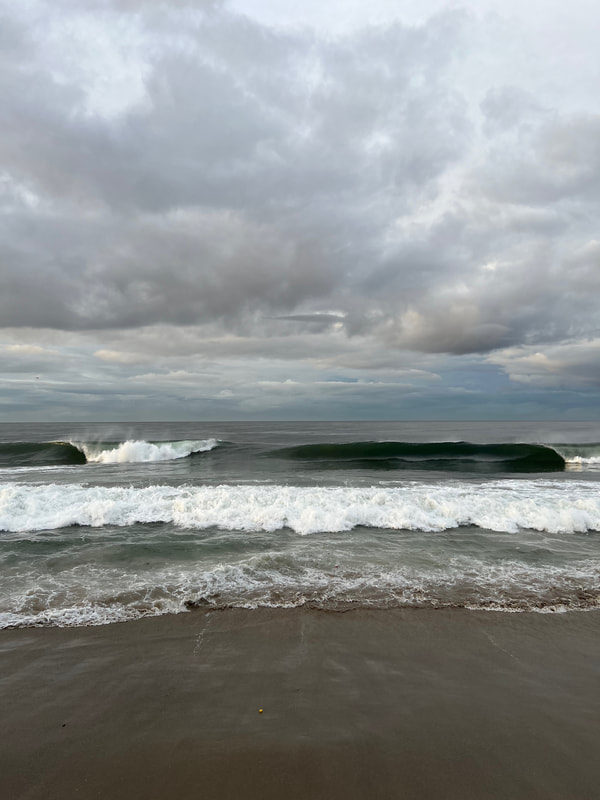
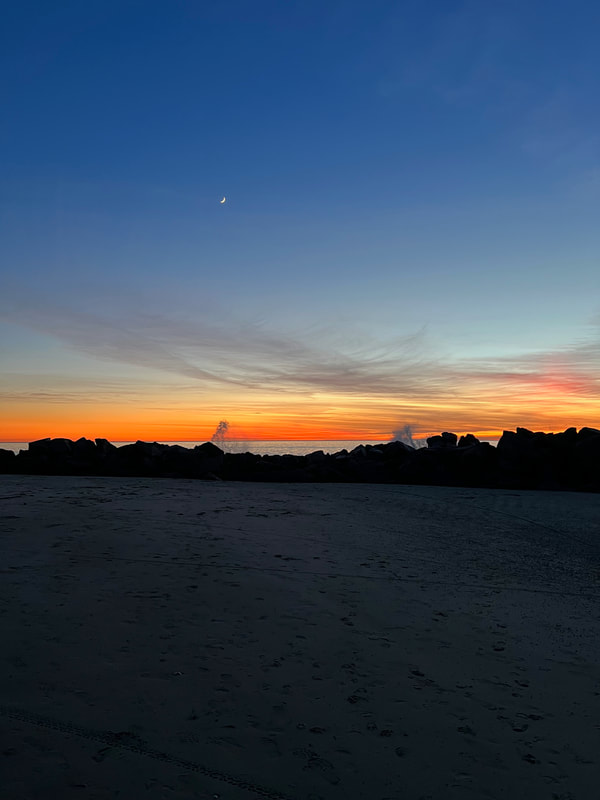
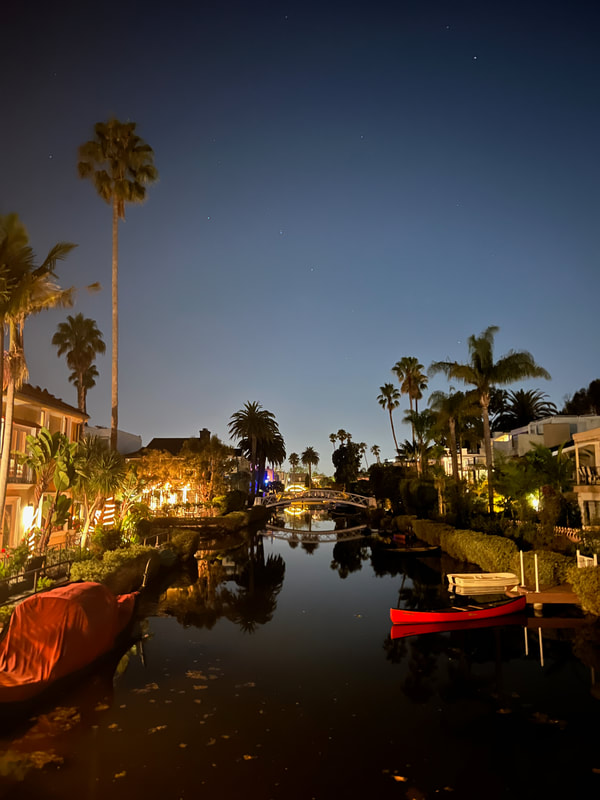
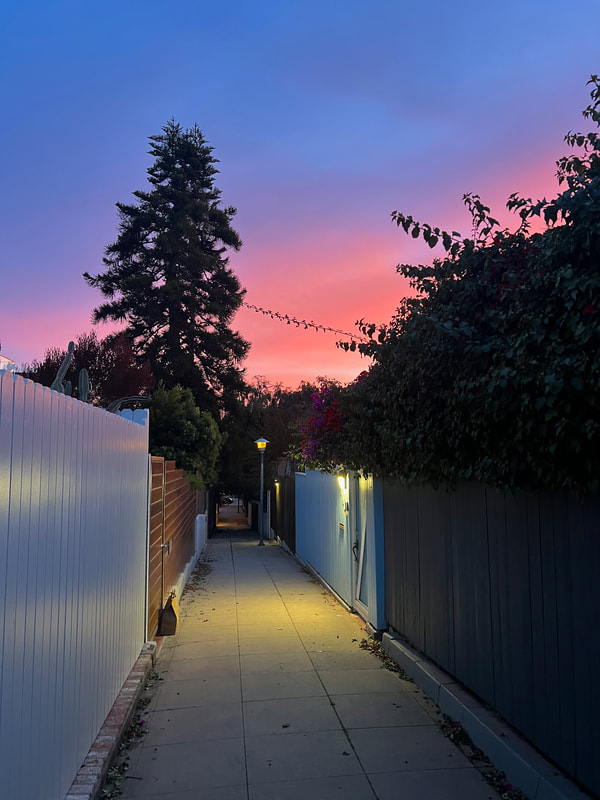
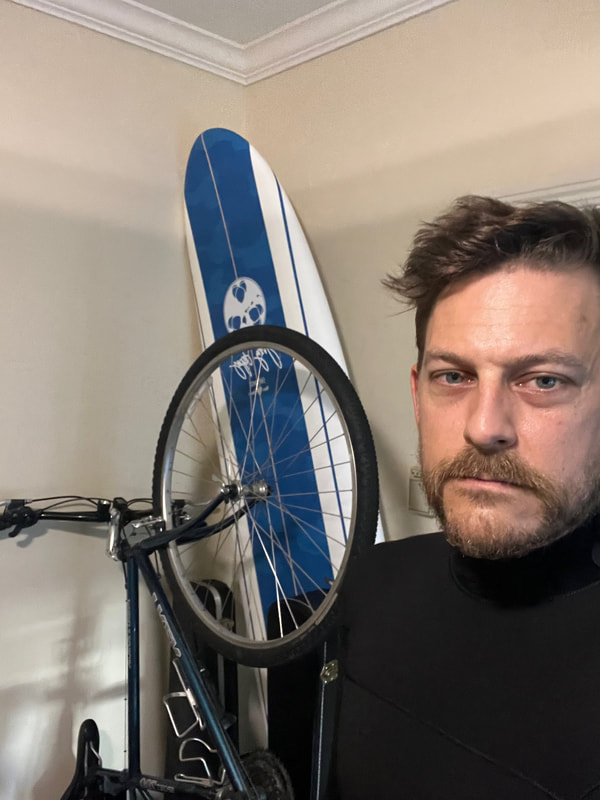
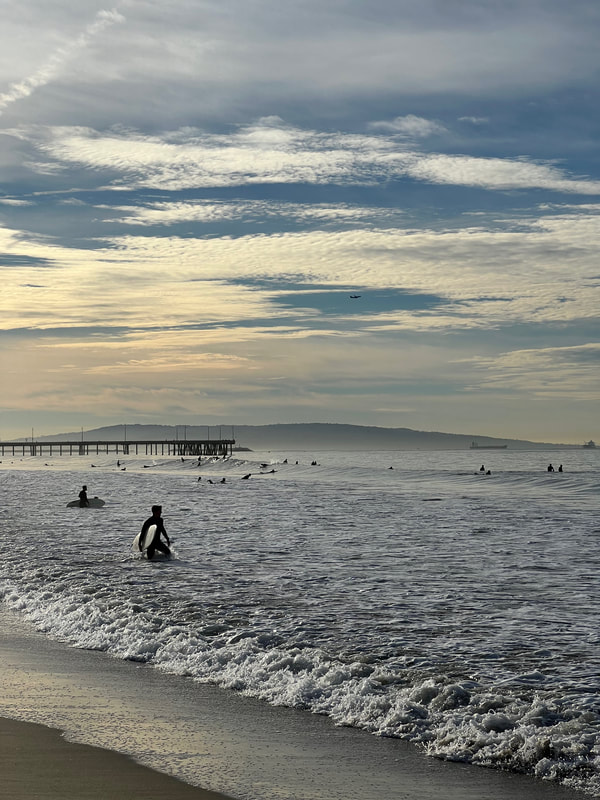
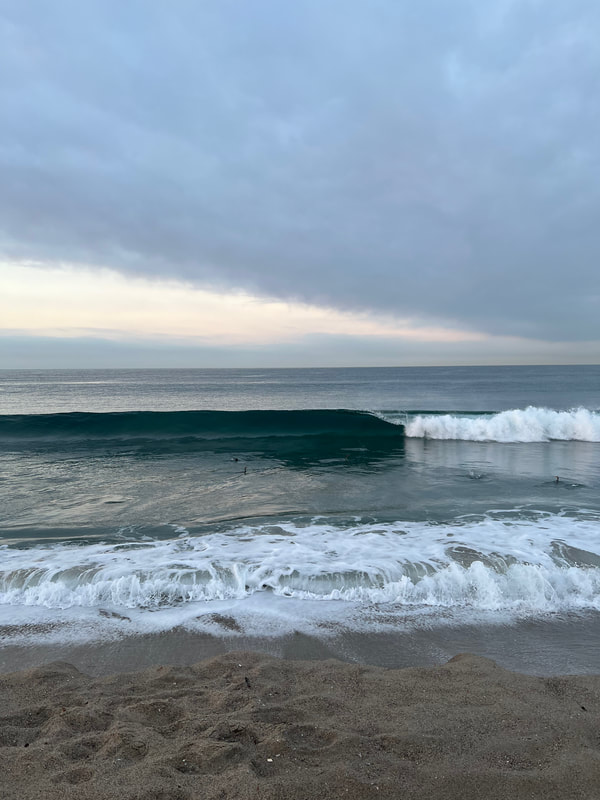
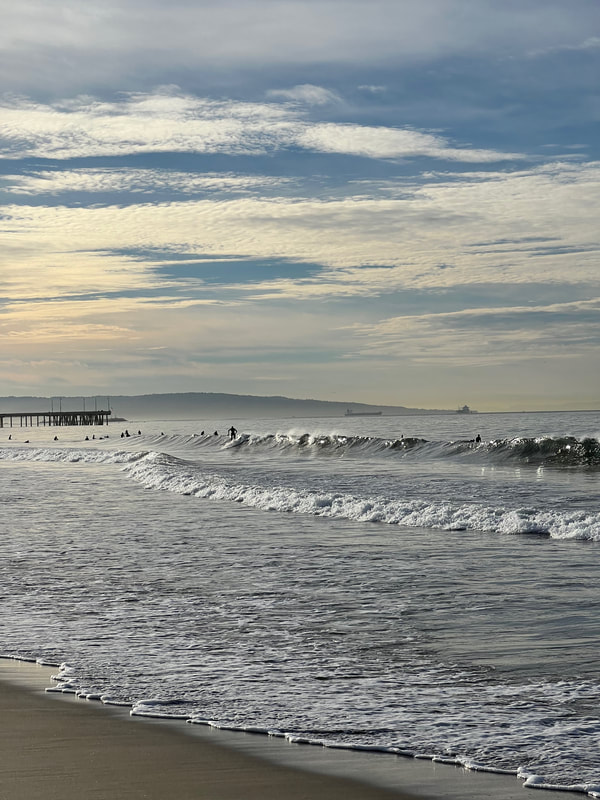
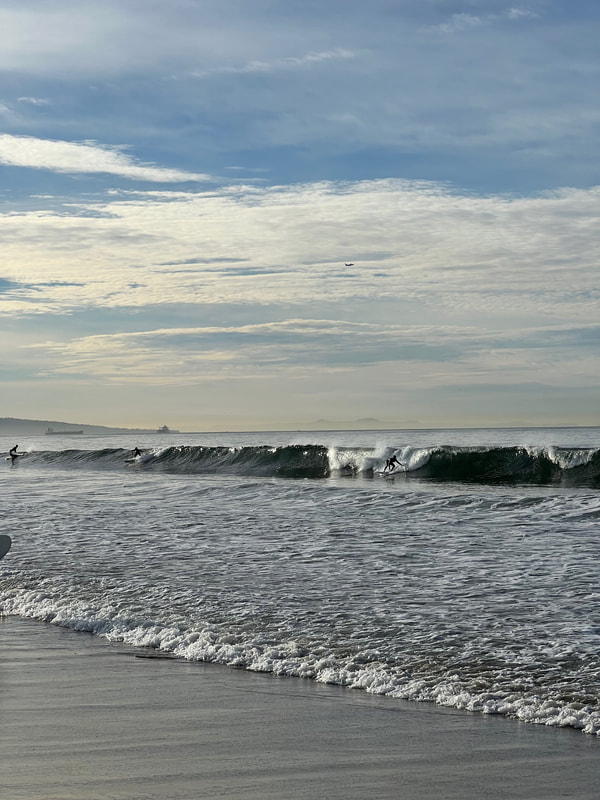
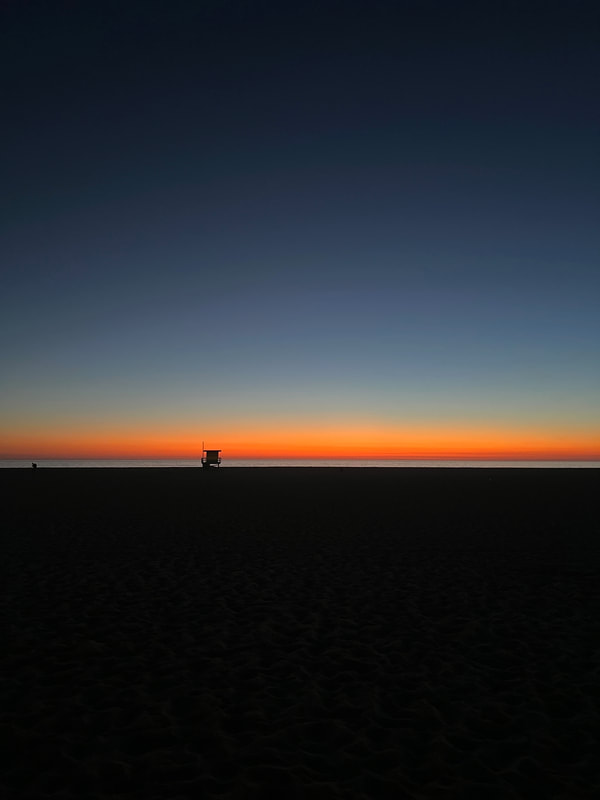
 RSS Feed
RSS Feed



